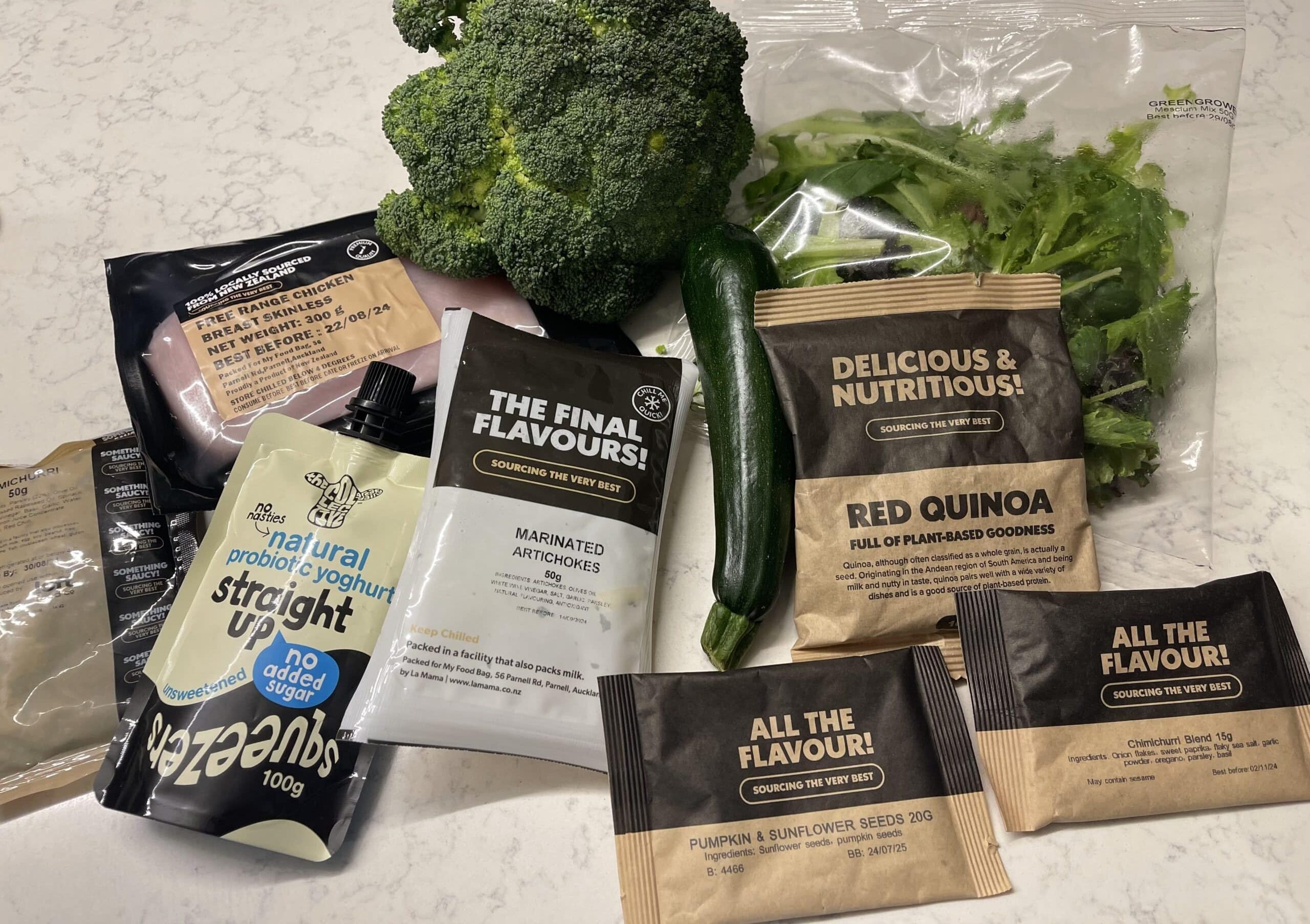3.5 Min Read…
We live in a world where seemingly boundless resources are a click away. Because you can read an article, look at a photo, admire an illustration, laugh at a GIF, it doesn’t mean that you can simply take that item and use it for your purposes. This article discusses the thorny subject of plagiarism relating to your online marketing.
Marketing a business or product covers a wide range of avenues but most, if not all, should lead back to your website. I like to think of a site as the hub in a wheel where all other marketing drives in leads through the spokes. It is an integral part of your online presence and interacts with your e-newsletter marketing, videos, social media platforms and blog posts.
Your website and these marketing promotional feeds require content, images, text, video and audio. It is in this area that awareness of plagiarism comes into play.
The Oxford Living English Dictionary defines plagiarism quite simply as:
The practice of taking someone else’s work or ideas and passing them off as one’s own.
While most of us wouldn’t dream of reproducing lengths of text from a book or illegally downloading a song, for some people there seems to be a real mental block when it comes to the Internet.
I’m often asked if it’s okay to “cut & paste from [that person’s] website?” The answer is categorically no.
Let’s be very clear. Web content is as much the copyright of its designated creator as the contents of a book or any other printed material. It may be freely accessible to view but this does not mean it is yours to claim as your own.
Nor can you use the argument, “Well everyone else is doing it.” Try following that to any logical conclusion.
How much is too much?
Some take the legal view that an identical string of any more than five words constitutes plagiarism. However, this does cause some complications, since certain generic phrases are in frequent everyday use that it would be difficult to claim ownership. For example, how many ways are there to say, “We are a team of web developers based in Auckland.”
What we’re talking about is a breach of someone’s intellectual property. In other words, expressions of ideas that someone has personally created. These could be words, images or audio.
So, what should I be doing?
The legally correct protocol will vary according to the circumstances, but at the very least you should be crediting the individual whose work you’re copying and link to the online original if available. It could likely go further than that, requiring you to seek their permission or paying for the rights to re-publish.
My philosophy is better safe than sorry – speak to your IP lawyer before you go ahead.
How to avoid unnecessary stress
If you’re looking for photos and illustrations for marketing purposes, there are several online suppliers from which you can purchase images, including Shutterstock, iStock and Big Stock image libraries. Before you sign up, check with your marketing support team. Your web developer, graphic designer, social media expert or even your copywriter may have an active subscription that you could tap into. If you do buy your subscription, be sure to check the licensing terms are suitable for your project.
To help refresh your website content, why not feature guest blogs from trusted associates, suppliers and clients. This is a great way to share useful content. It can demonstrate the benefits of collaboration and underscores the level of respect between the two parties. It can also provide mutually beneficial promotional opportunities, such as cross-promotion through each company’s Mailchimp newsletters.
How can I protect my own images and content from being plagiarised?
Unfortunately, I don’t believe there is a definitive answer to this. An IP lawyer may tell you differently, of course, and gaining professional advice is always sensible.
What I can share are a few practical, common sense ideas.
First, make sure that your website has a copyright statement visible. Save and print your website content as PDFs and ensure the date is included. That way you have proof of when your content was uploaded. This information may also be available from your website editor software.
Second, Trademark your logo (there are several areas to this) and register your company name.
Third, use software such as Grammarly to proof your text for plagiarism. This app is available on their Premium plan.
Fourth, and probably only if you’re feeling paranoid, you could use Google from time to time to search, for example, for key phrases from within a blog post or by an image. Alternatively set up Google Alerts.
Fifth, if after speaking with another party whom you believe has copied your content, send a cease and desist letter and follow up if required by a lawyer.









Leave A Comment
You must be logged in to post a comment.